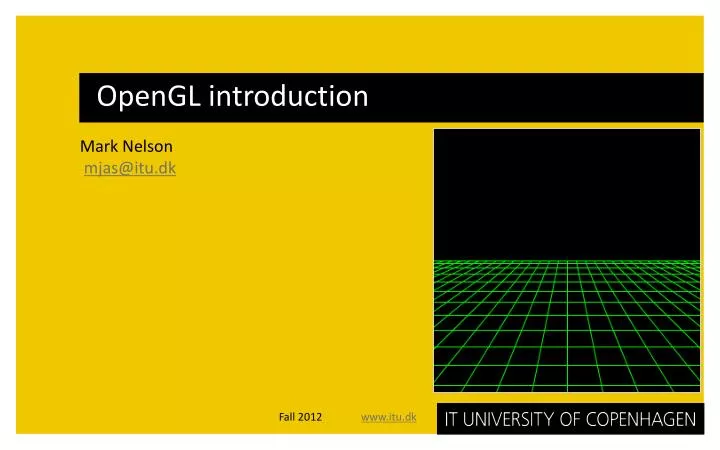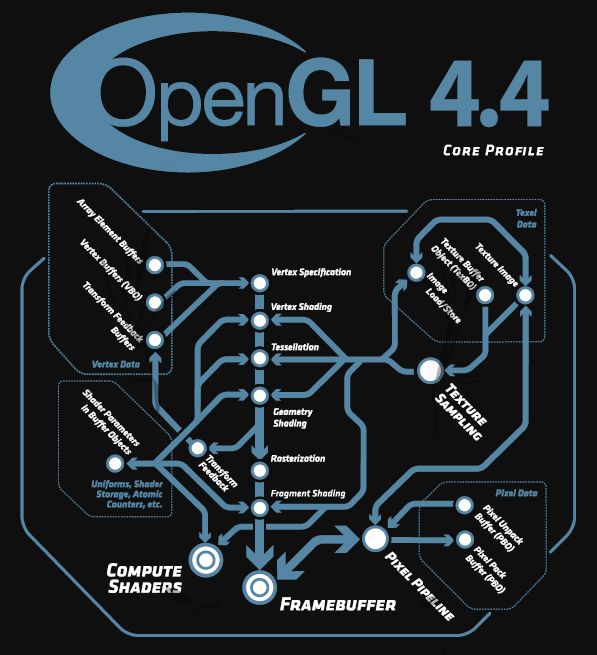

This is a demo of the CRC real-time GI method (with shader source), published at JCGT and presented at i3D 2015, created by Kostas Vardis.
OPENGL 4.4 FREE DOWNLOAD UPDATE
More details can be found in the original paper.ĭemo requirements: Windows 64-bit operating system, OpenGL 4.4, Visual C++ 2015 圆4 Update 3 redistributable (in the redist folder) Its inherent fast acceleration structure construction times, scalable tracing performance and support for fully dynamic environments, makes it ideal for interactive previewing and real-time rendering applications. The method is suitable for (approximate) solutions to global illumination and shading algorithms, such as path tracing and ambient occlusion. The architecture exploits GPU accelerated double-linked lists, decoupled storage, bidirectional ray traversal and various empty-space skipping strategies. MMRT generalizes image-space ray tracing by performing ray traversals on a cubemap A-buffer structure built on the fly.
OPENGL 4.4 FREE DOWNLOAD ARCHIVE
The archive includes 4 different scenes of variable complexity.

OPENGL 4.4 FREE DOWNLOAD CODE
This is a demo with shader source code of the fragment-based image-space interactive ray tracing method presented at i3D 2016, created by Kostas Vardis. MMRT: Multi-view and Multi-layer Image-based Ray Tracing Demo.Detailed documentation is included in the archive.ĭemo requirements: Windows 64-bit operating system, OpenGL 4.4, Visual C++ 2015 圆4 Update 3 redistributable (in the redist folder), NVIDIA GPU with Maxwell architecture or newer, as the provided demo employs conservative rasterization through the GL_NV_conservative_raster extension. More details can be found in the original paper.

DIRT, using a combination of geometry sampled in multi-fragment buffers, exact ray-triangle intersection tests and deferred access of shading data, achieves a fast data structure construction time that makes it ideal for the rendering of completely dynamic scenes and previewing during scene editing. This is a demo with shader source code of the image-based interactive ray tracing method presented at High Performance Graphics 2016, created by Kostas Vardis. DIRT: Deferred Image-based Ray Tracing Demo.


 0 kommentar(er)
0 kommentar(er)
